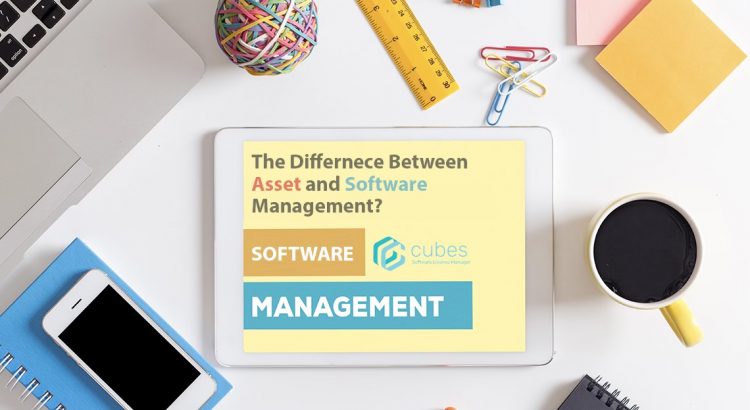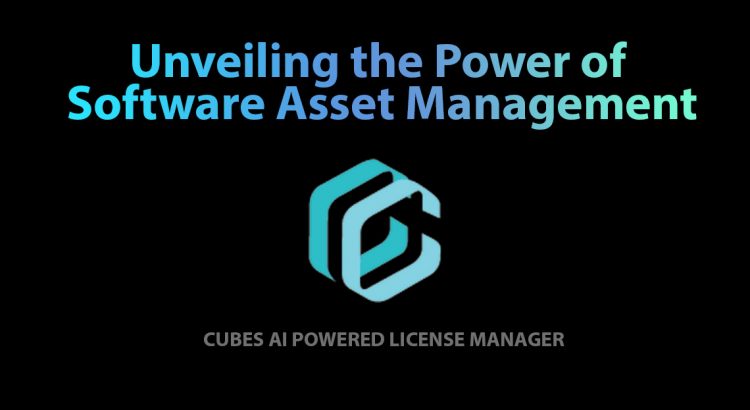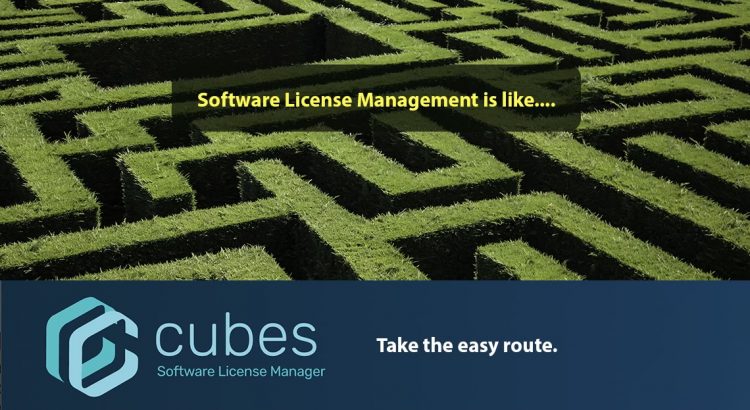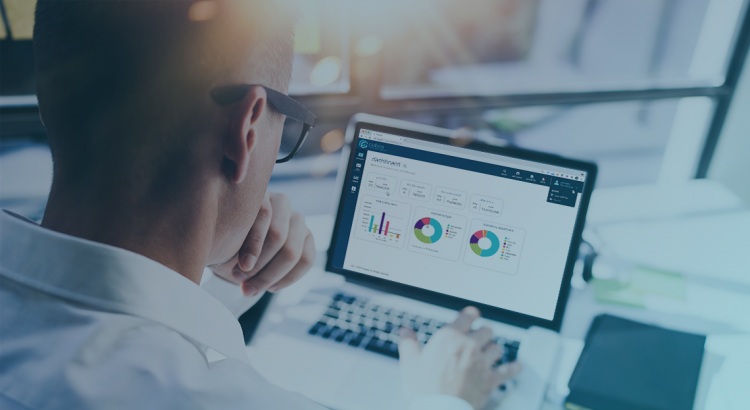Software licensing is a critical part of any IT environment. But it can also be a major expense. However, many businesses are left scratching their heads when it comes to software licensing costs. With so many different licensing options available, it can be tough to know which one is best for your business and how […]
Tag: license management software

The Difference Between AMS (Asset Management Software) and SAM (Software Asset Management)?
Asset management software, is a tool designed to help businesses and organizations track and manage their physical and digital assets throughout their lifecycle. These assets can include tangible items such as computers, office equipment, machinery, vehicles, and furniture, as well as intangible assets like software licenses, patents, and warranties. The primary functions of Asset Management […]

Unveiling the Power of Software Asset Management
In today’s fast-paced digital landscape, businesses heavily rely on software solutions to drive their operations. However, managing a multitude of software assets can quickly become overwhelming, leading to inefficiencies, financial risks, and compliance challenges. That’s where Software Asset Management (SAM) comes into play. In this blog post, we will explore the concept of Software Asset […]

Make Software License Management Easy
In today’s technology-driven world, managing software licenses has become a critical aspect of business operations. As organizations grow and adopt various software applications, the task of tracking licenses, ensuring compliance, and optimizing costs can quickly become complicated. Almost hair-pulling complicated! This is where software license management solutions come into play. In this article, we will […]

4 Benefits from CUBES License Manager
Do you have a good handle on your software license budget? Are you wasting the money that goes towards that budget on unused licenses? Many organizations have (or should have) a Software Asset Management (SAM) program in place as part of their overall business strategy. The goal of this is to help reduce costs, limit […]

Why License Management Tools Are Essential
Having a fully effective Software Asset Management (SAM) program is essential for all organizations, whether big or small. However, one of the biggest challenges is making SAM a priority, placing license management at the bottom of an organization’s “to-do” list. To help you better understand why your organization needs a license management tool, we’ve outlined […]

License Management Software: Is CUBES The Right Fit for Your Business?
Between the plethora of options among subscriptions, SaaS, short-term software, and other licensing, businesses of all shapes and sizes have experienced an exponential change in how software is licensed. While perhaps a decade ago yearly service fees were the norm, managing licenses has become incredibly complex. With these complexities, issues such as unwanted renewal fees, […]
